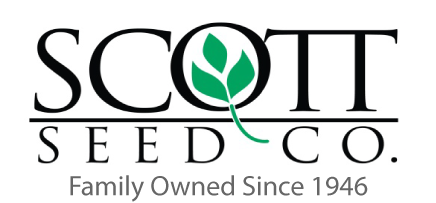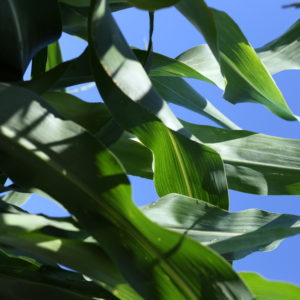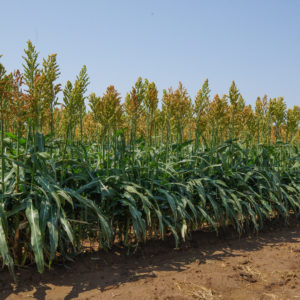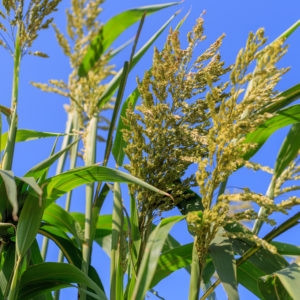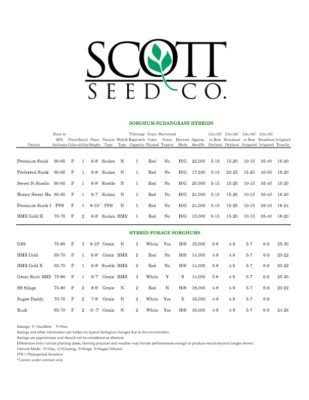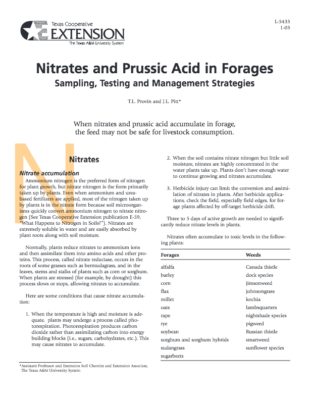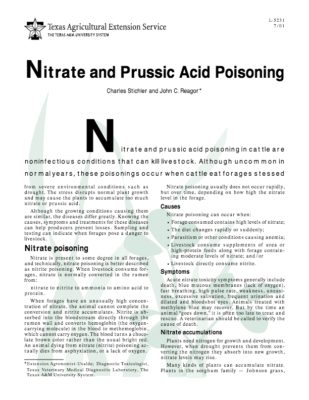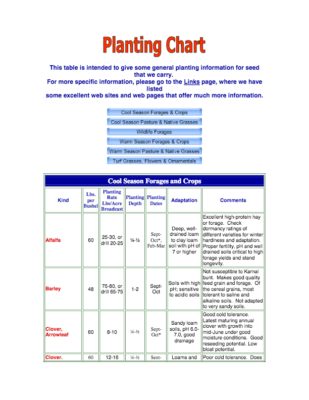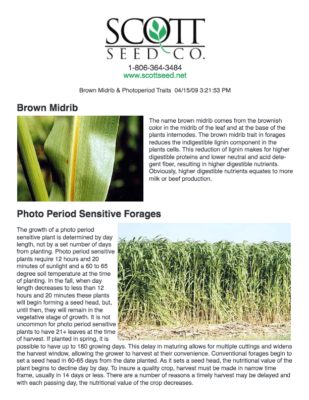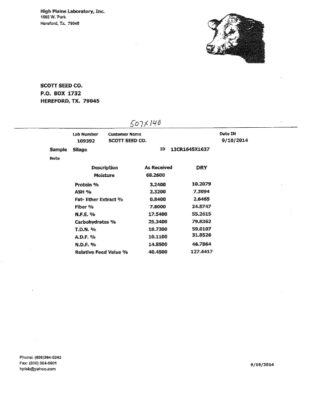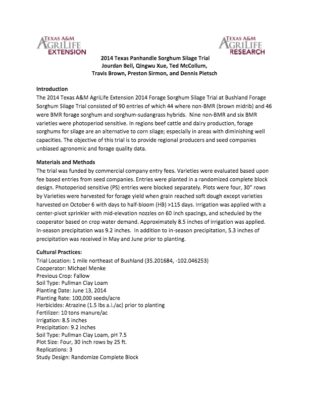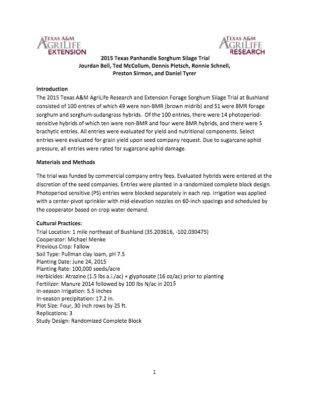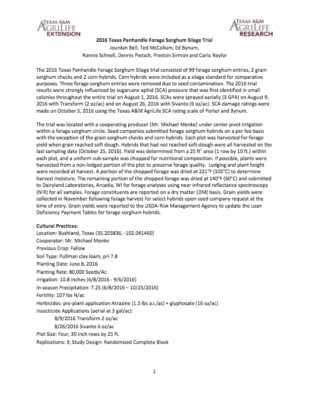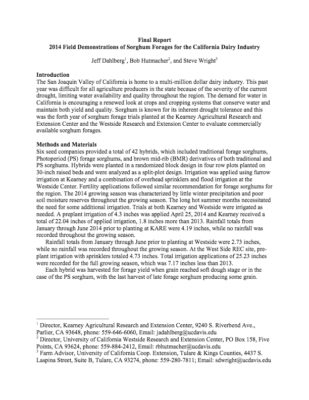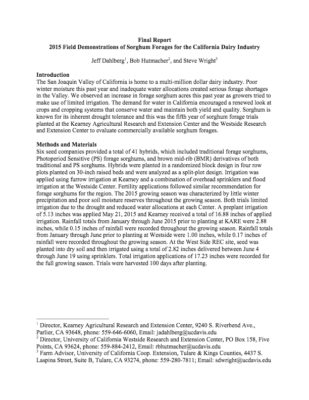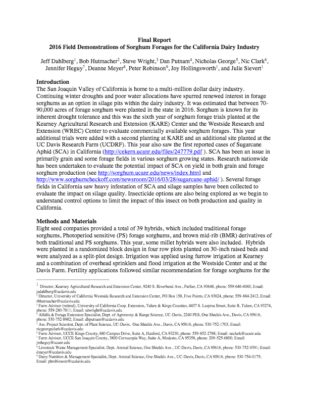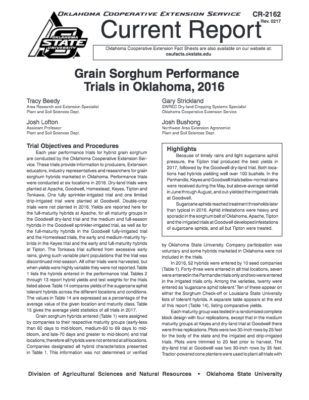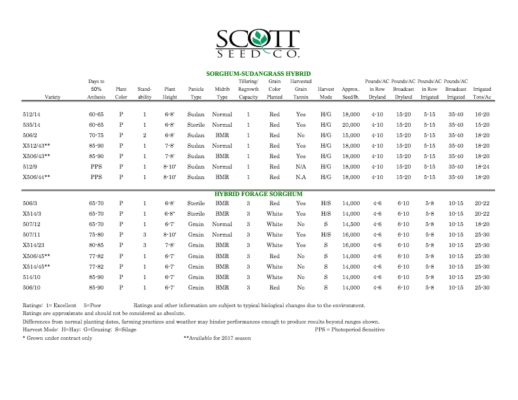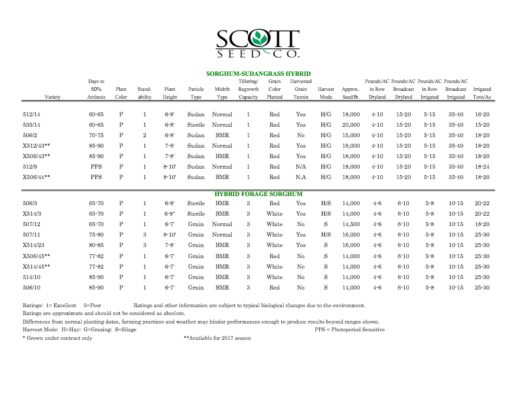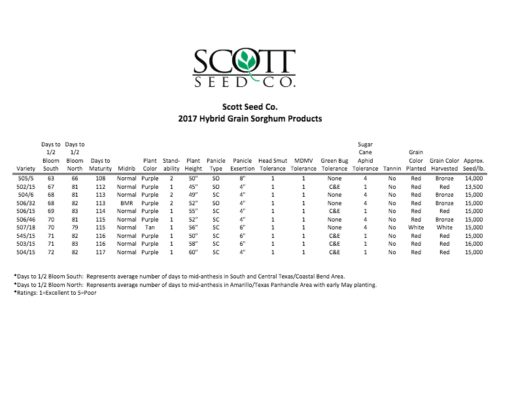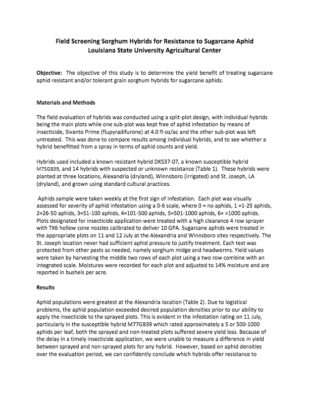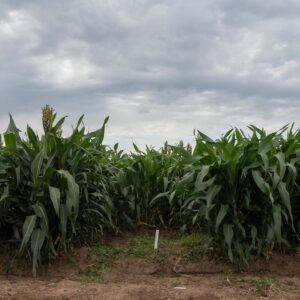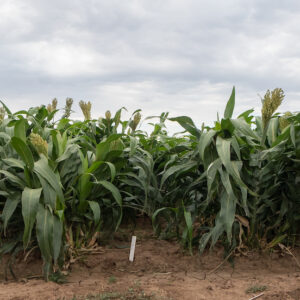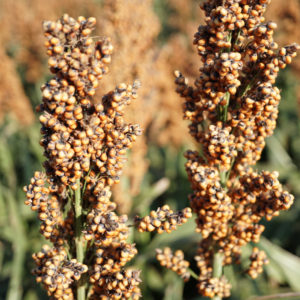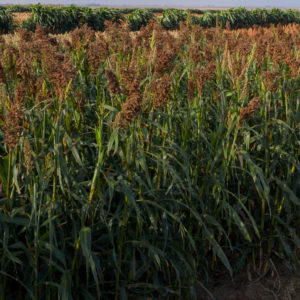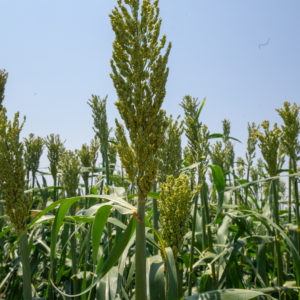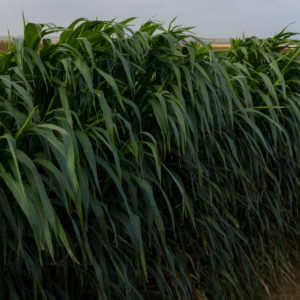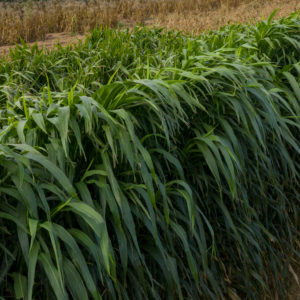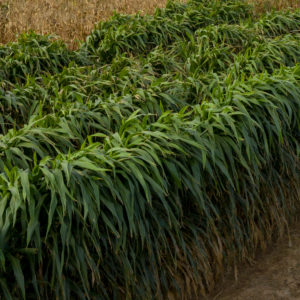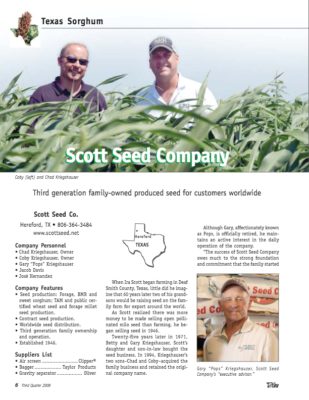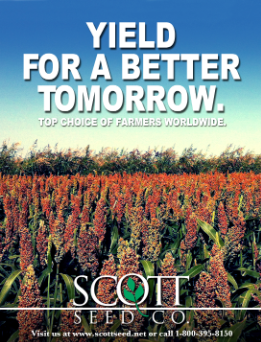Let us help you with the right sorghum
Aside from the weather, the biggest challenge in producing sorghum seed of any variety is maintaining varietal purity.
Sorghum pollen can easily drift one or two miles to a neighboring field.
In the past, sorghum seed producers have been able to maintain isolation by coordinating the timing and location of seed production fields. Since everyone has an economic interest in maintaining adequate isolation, that plan worked reasonably well. Sorghum seed producers in the Texas Panhandle are now facing an increasing “good news-bad news” situation. New sorghum products are displacing corn and alfalfa has as the forage of choice for thousands of milk cows brought into the area by large scale dairies. This is good news for seed sales, but bad news for seed production. The dairies are planting hundreds of acres of sorghum products with no regard for how pollen could affect seed production. The ease with which pollen flows is evidenced by the distance between male rows in seed production fields. One pollinator row every 24 or 30 rows, depending of the operator’s planting equipment, is sufficient.

